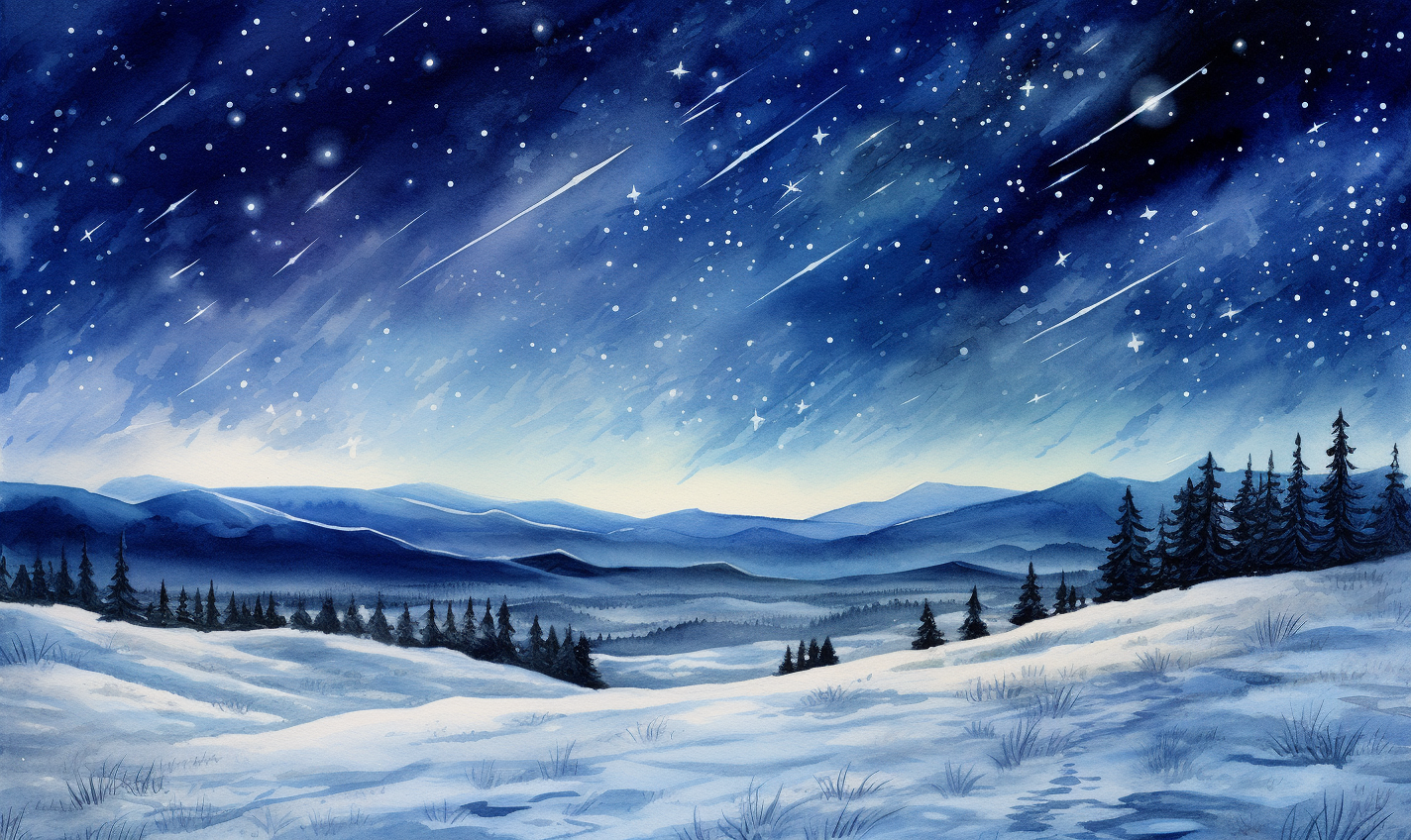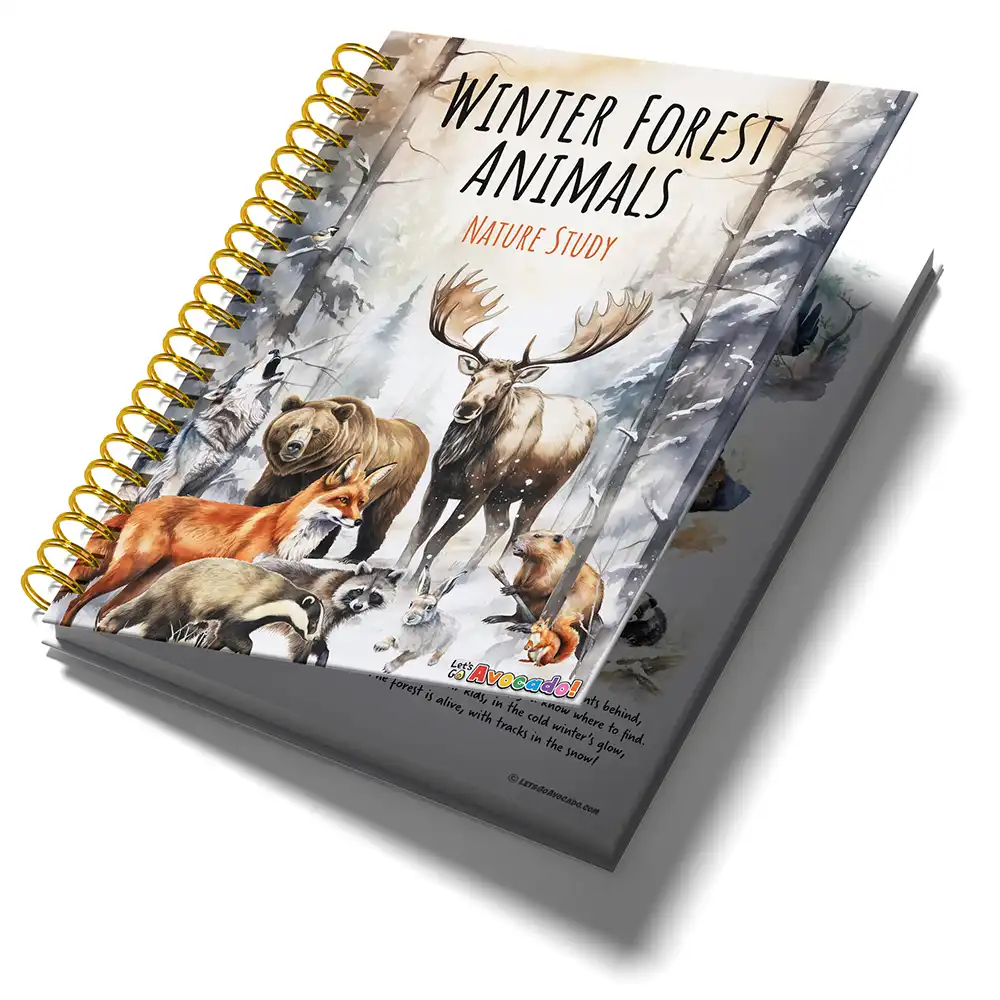This page may contain affiliate links.
Read our disclosure and privacy policy here.
December is a month full of wonder and natural marvels, especially when it comes to the great outdoors. As the final month of the year rolls in, it brings with it a collection of natural events that are both fascinating and educational, especially for the young and curious. In this article, we’ll explore a variety of captivating phenomena that December has in store, from the sparkling night skies adorned with meteor showers to the intricate frost patterns that dance on our windows on chilly mornings. This article is your guide to enjoying and learning from the natural events that make December a truly magical time. So, bundle up, and let’s embark on this winter adventure together!
Table of Contents
December’s Wonders: Exploring Nature’s Spectacular Events and Phenomena
Winter Solstice (December 21, 2023)
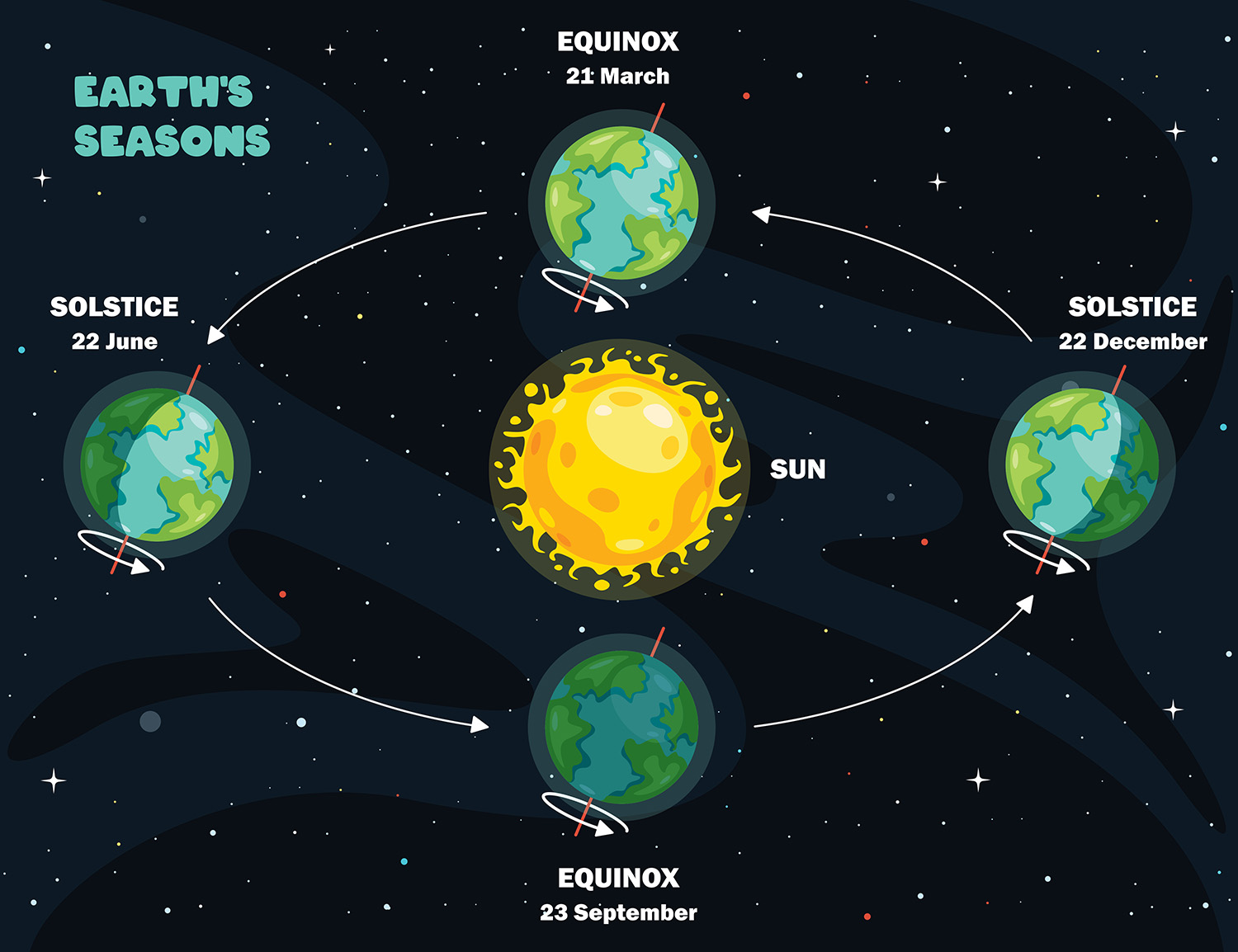
The Winter Solstice, happening on December 21st, is a special day that marks the official start of winter. It’s the shortest day of the year, which means we have the least amount of daylight and the longest night. This happens because of how our Earth travels around the Sun and the way it tilts. Imagine Earth is like a spinning top leaning slightly to one side. As it goes around the Sun, different parts get more or less sunlight. During the Winter Solstice in the Northern Hemisphere (where places like the United States and Canada are), the North Pole is tilted away from the Sun. This tilt makes the Sun’s path in the sky lower, so we get less sunlight and shorter days. It’s like the Sun is taking a lower, shorter route across the sky. So, while we’re all bundled up feeling the chill of winter, we’re also experiencing a fascinating part of Earth’s journey around the Sun!
Geminid Meteor Shower (Peaks around December 13-14, 2023)

The Geminid Meteor Shower is one of the coolest light shows that the night sky has to offer, especially in December! Around December 13th to 14th, if you look up at the sky at night, you might see lots of bright, colorful streaks of light. These are meteors, which are bits of rock and dust from space that burn up when they hit Earth’s atmosphere. What’s super cool about the Geminids is that they come from an asteroid, not a comet like most other meteor showers. This means the meteors are often more colorful and brighter. The shower is named ‘Geminid’ because the meteors seem to come from the direction of the constellation Gemini. With up to 120 meteors per hour at its peak, it’s like nature’s own fireworks! If you find a dark spot away from city lights and look up, you’re in for a spectacular show put on by space rocks zooming through our sky!
Full Cold Moon (December 27, 2023)

The Full Cold Moon in December is something really special to see in the night sky! It’s the last full moon of the year and usually happens around the end of December. It gets its cool name because it comes at the start of one of the coldest parts of the year. In the winter, when the nights are long and the air is chilly, this moon shines extra bright and seems really big in the sky. The Full Cold Moon is a beautiful sight and has been important for people for a long time. Long ago, people used the moon to keep track of time and seasons. This full moon was a sign that winter was really here, and it was time to stay cozy and warm. If you look up on a clear December night, you might see this big, bright moon, and now you’ll know why it’s so special!
Bird Migration
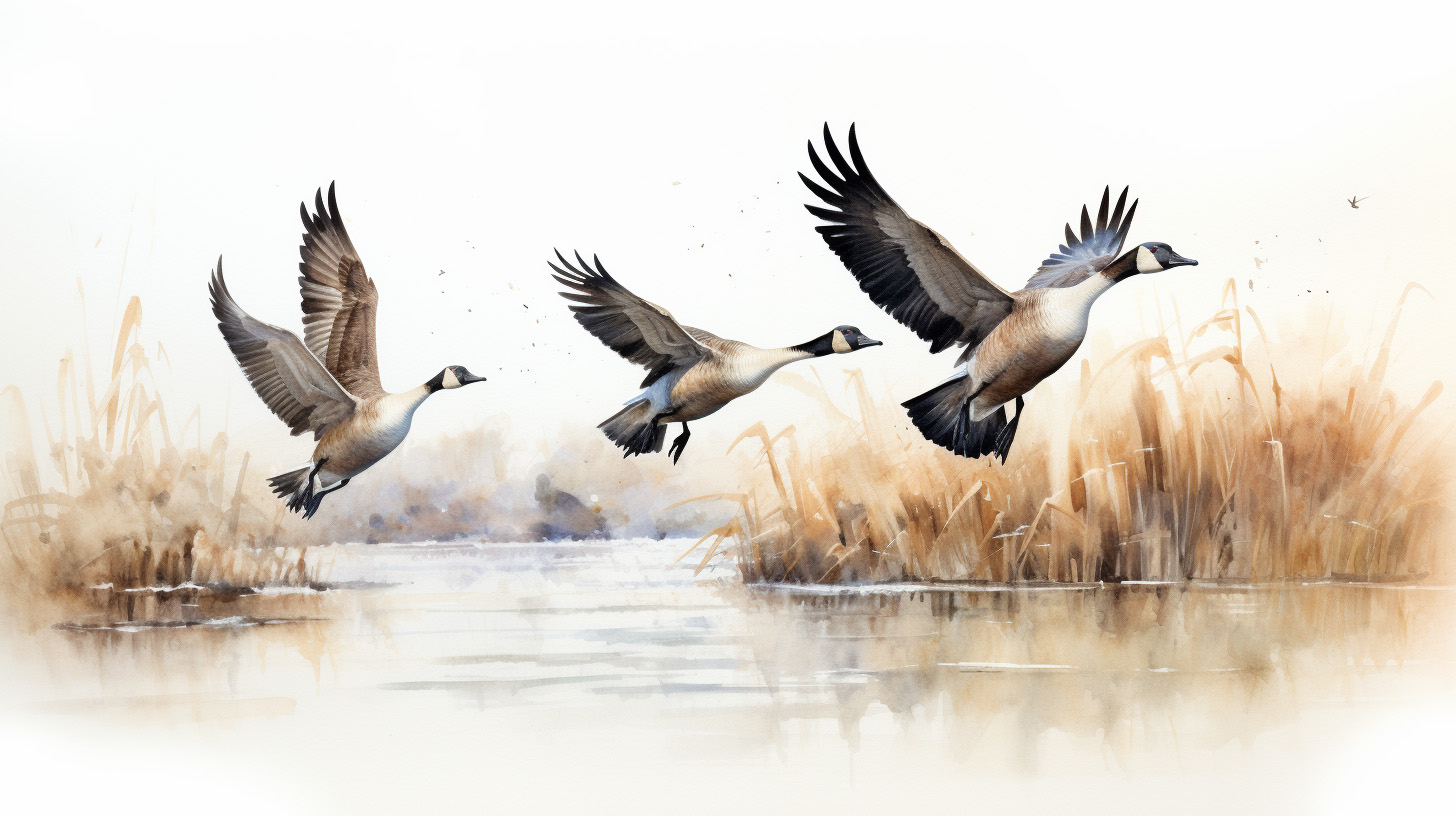
Bird migrationMigration is the regular movement of animals from one place to another, often to find food or better weather. It’s a seasonal trip that many animals take for survival. Learn More in December is like a big travel season for our feathered friends! In different parts of North America, you can see lots of birds flying to warmer places for the winter. What’s really interesting is that not all birds go the same way. Some, like geese and ducks, fly south in big V-shaped groups. If you live in the southern parts of the US or in Mexico, you might see colorful birds like robins and songbirds that have come from colder places.
Check out our article on the Canada Goose Migration here to learn more about their migration.
If you look up at the sky, especially in the morning or late afternoon, you might see flocks of birds flying in patterns. This is them migrating, or moving to find warmer weather and more food. Some birds fly really far – thousands of miles – without stopping! They have amazing built-in navigation systems, like a natural GPS, that help them find their way.
A fun fact is that not all birds fly south; some just move to lower lands or closer to the ocean where it’s warmer. So, keep your eyes on the sky and maybe a pair of binoculars handy – you never know what migrating birds you might spot on their winter journey!
Animal Tracking in Snow
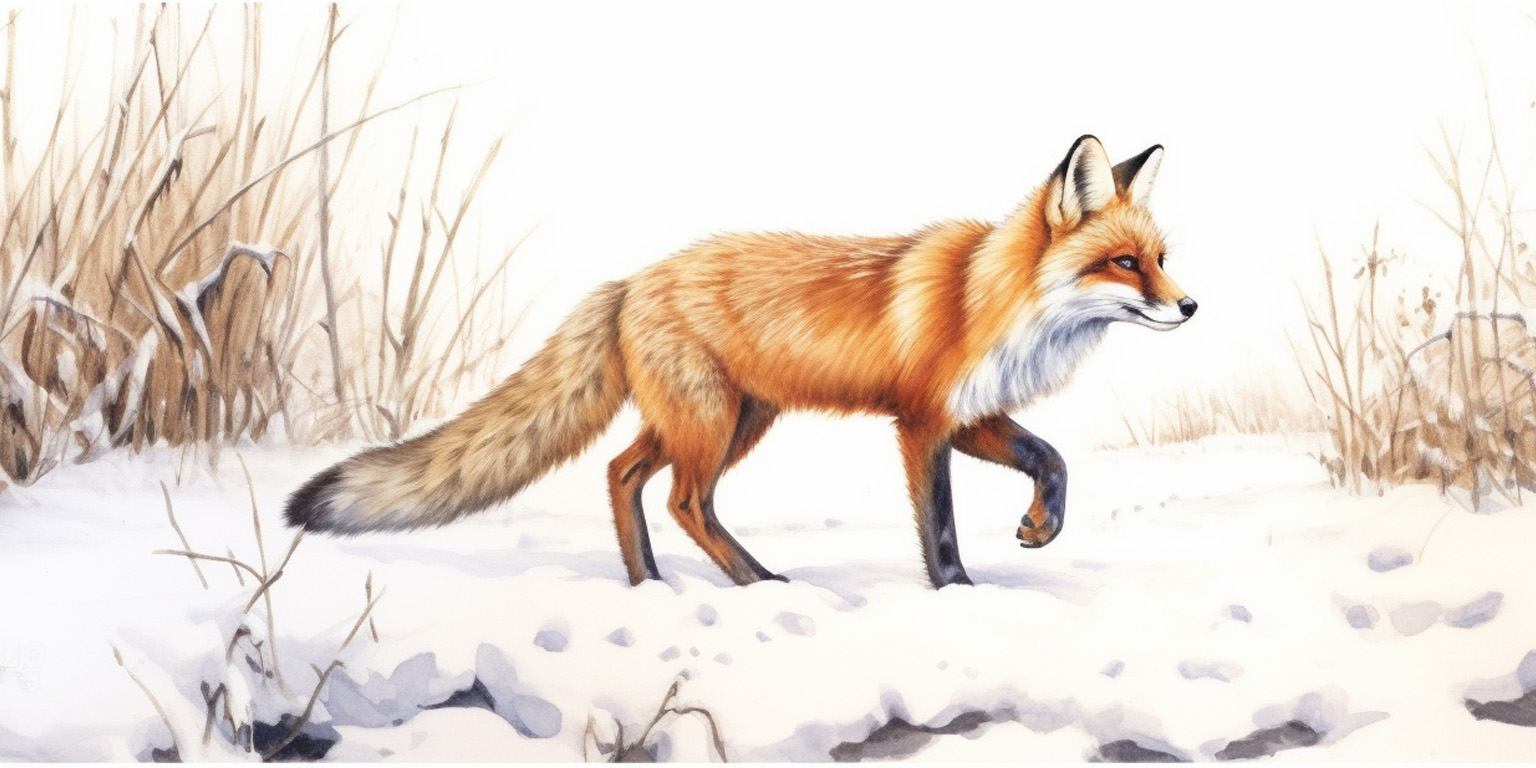
Animal tracking in the snow is like being a nature detective, and it’s a super fun winter activity! When animals walk through the snow, they leave footprints behind, which are called tracks. These tracks can tell us all sorts of cool things about the animals in the winter forest. For example, you might find tiny paw prints from a squirrel or larger hoof prints from a deer. By looking at the size, shape, and pattern of the tracks, you can guess what animal made them and even what they were doing.
What’s really fun is trying to follow the tracks to see where they go. Maybe they lead to where a rabbit was nibbling on some bark, or to a spot where a fox pounced to catch its dinner under the snow. You can see stories unfold, like where animals are finding food, how they’re moving around, and if they’re alone or with others.
Some cool facts about animal tracks are that each animal has a unique way of walking, which can make their tracks look different. For example, rabbits and squirrels often leave a pattern that looks like they were hopping, while foxes and wolves leave a more straight-line pattern. Next time you’re out in the snow, see what animal tracks you can find and try to read the stories they tell!
Northern Lights (Aurora Borealis)
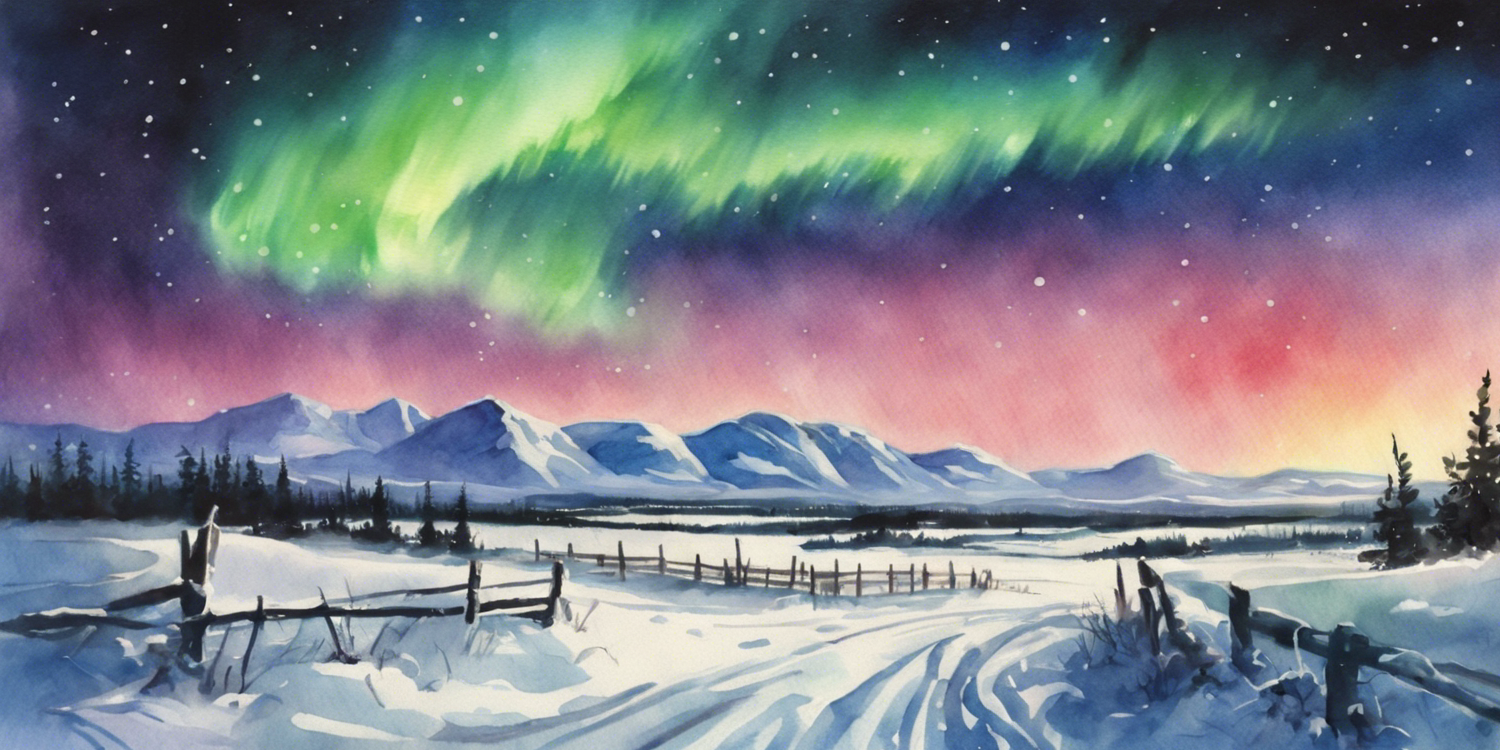
The Northern Lights, or Aurora Borealis, are one of the most magical sights you can see in the winter sky, especially if you’re in the northern parts of North America. These beautiful lights look like colorful waves dancing in the sky and are best seen in places like Alaska, northern Canada, and sometimes in the northern states of the USA.
The Northern Lights happen when particles from the sun meet Earth’s atmosphere. The Earth has a magnetic field that pulls these particles towards the poles. When they hit the air, they light up, creating those amazing colors. It’s like a giant, natural light show!
A cool fact about the Northern Lights is that they can be different colors, like green, pink, purple, or blue. The color depends on what kind of gas the particles hit up in the atmosphere. Green is the most common color, which happens when the particles hit oxygen.
Long ago, people had many myths and stories about the Northern Lights. Some thought they were spirits of animals or ancestors. Today, we know they’re a special kind of science magic happening way up in the sky. So, if you’re in a place where you can see the Northern Lights, make sure to bundle up, look up, and enjoy the show!
Winter Constellations

Winter constellations are like a map of stars in the night sky, and they’re really fun to look for in the colder months! A constellation is a group of stars that forms a certain pattern and has a special name. In winter, some of the best-known constellations are Orion (which looks like a hunter with a belt of three bright stars), Taurus (the bull with a red star called Aldebaran), and Gemini (the twins).
To see these constellations, you need a clear, dark night. Go outside away from city lights, give your eyes some time to adjust to the dark, and then look up! You can use a star map or an app on your phone to help you find the constellations.
A fun fact about Orion is that it has a star called Betelgeuse, which is super huge and looks reddish. And the Gemini constellation has two bright stars called Castor and Pollux, named after twin brothers from ancient stories.
Each constellation has its own story from long ago, and people have used them for centuries to navigate and keep track of the seasons. So next time you’re out on a winter night, see if you can spot these cool patterns of stars in the sky!
Frost Patterns

Frost patterns are like nature’s own ice art, and you can find them on cold winter mornings, usually on windows, leaves, or grass. When the temperature drops below freezing, the moisture in the air turns into tiny ice crystals, creating beautiful, lacy patterns. They look like delicate, frosty spiderwebs or feathery leaves.
One of the coolest things about frost patterns is that every single one is unique, kind of like snowflakes. The patterns depend on things like the temperature, the type of surface they form on, and even the humidity in the air.
You can see frost patterns on any cold morning, especially if you live in a place that gets really chilly in the winter. Just look at the windows of your house or car, or on plants outside. A fun activity you can do is take pictures of different frost patterns and compare them – you’ll be amazed at the variety!
A cool fact about frost is that scientists study it to understand more about weather and climate. Plus, artists and photographers find inspiration in the intricate designs of frost. So next time you see frost patterns, take a moment to look closely – you’re seeing a tiny, beautiful piece of winter wonder!
Hibernation and Overwintering

HibernationHibernation is a remarkable survival strategy used by some animals to endure harsh winter conditions. During hibernation, these animals enter a deep, prolonged state of reduced activity, characterized by a significant drop in metabolic processes, including heart rate and body temperature, allowing them to conserve energy and survive through the challenging cold months. Learn More and overwintering are two fascinating ways animals deal with winter and its challenges. Hibernation is like a super deep sleep where animals, like bears or groundhogs, slow down their body functions to save energy. They’ll sleep through most of the winter, living off the body fat they stored up during the rest of the year.
Overwintering is a bit different. It’s more like animals taking it easy during the winter, but not sleeping through it. Some animals, like raccoons or deer, stay active but may change where they live or what they eat to cope with the colder weather and less food being available.
A cool fact about hibernation is that some animals, like frogs, can even survive being frozen solid! Their bodies make a kind of natural antifreeze that protects their cells.
And with overwintering, some birds, like chickadees, will fluff up their feathers to trap warm air close to their bodies, keeping them cozy even on the coldest days.
Both hibernation and overwintering show how amazing animals are at adapting to their environments. They each have their own special tricks to make it through the winter until spring comes back around.

There’s a lot to explore right where we are, in our own neighborhoods and backyards! Join us while we get off the couch and explore the everyday wonders of nature, science, space, engineering, art, and anything else we stumble upon during on our adventures.


